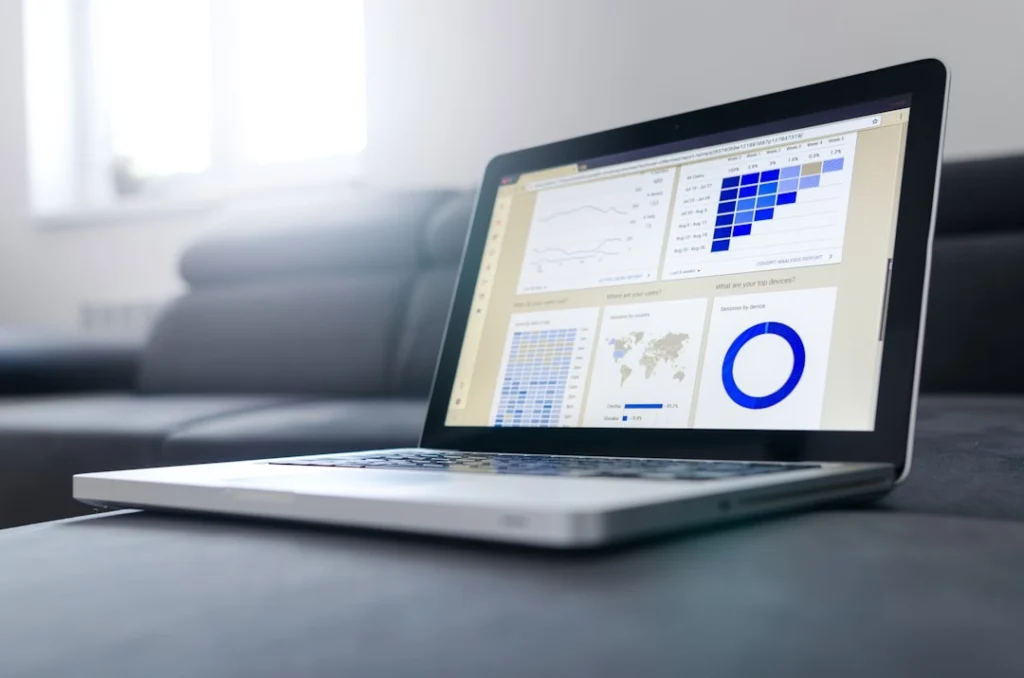If you’re facing difficulties gaining value from data clean rooms, you aren’t alone. If this is the first time you’re hearing about data clean rooms, guess what: You are also not alone. 🙂
Data clean rooms (DCRs) are a relatively new development; for many, including marketing professionals and trade publications, they were surprising. I personally think Digiday got it right when they asked, “WTF is a data clean room?“
What data clean rooms do — and don’t do — for marketers
All joking aside, data clean rooms can provide important services for marketers. As data becomes more walled off, regulations become more strict, and platforms adapt to customer privacy, creating safe places to enrich data and build profiles has become increasingly essential.
However, it’s important to note that not all data clean rooms are created equal. In a recent IAB study, nearly half of the respondents using a data clean room reported issues generating results and achieving a return on investment. These issues weren’t isolated incidents but rather reflected a pattern of challenges.
All in all, with the rise in data privacy, interest has grown in the marketing industry. But despite the interest, the investments made — in terms of time and resources — have shown mixed results.
According to the IAB study, nearly half (49%) of the companies surveyed face issues generating adequate returns from their DCRs. Regardless of these challenges, the cost of using DCRs is expected to increase by 29% this year.
Are DCRs necessary for marketing?
Based on these findings, two things are apparent:
- Advertisers are actively seeking solutions to address cookie deprecation and privacy concerns. The fact that teams of a dozen or more people are dedicating their time and resources, with spending reaching into the six figures, shows that this is a significant investment. Top brands don’t want to be caught without a solution when the rules surrounding cookies change.
- DCRs aren’t affordable for many businesses or agencies. Additionally, these rooms can be cost-prohibitive for many businesses, with over 60% of users spending at least $200,000 in 2022 and nearly a quarter (23%) spending over $500,000. With costs potentially reaching half a million dollars, only a limited number of brands can afford to invest in this technology.
Based on the recent findings, it appears that investing in data clean rooms (DCRs) may not be a feasible solution for smaller businesses or those who haven’t yet tested the technology. With high costs and unpredictable results, as reported by over half of brands using DCRs, it may be wise to reevaluate the necessity of DCRs.
In my opinion, it sounds like we should “stop cleaning rooms” and start looking for more predictable solutions.
What are alternatives to data clean rooms?
So, what are the alternatives to data clean rooms? As we evaluate potential solutions, it’s essential to keep in mind what data clean rooms were designed to really do.
These rooms were created to provide a way for ad platforms like Google, Facebook, and Meta to share aggregate data with advertisers. This allowed brands to understand their saturation points and optimize campaigns for reach and frequency, with the goal of driving higher return on ad spend (ROAS) and faster customer acquisition cost (CAC) payback periods.
However, as the advertising industry faces increasing privacy regulations and the deprecation of cookies, it is becoming increasingly challenging to use data clean rooms effectively.
One alternative to data clean rooms is predictive analytics. Brands looking to maximize the value of their campaign data can use a predictive analytics platform to predict campaign performance on day 90 or day 365, taking much of the guesswork out of their campaign management process.
A predictive analytics approach can also offer valuable insights into conversion events, helping teams predict the future value of each customer or user who converts via an ad campaign.
Another alternative is marketing mix modeling (MMM). A SaaS-based MMM solution allows marketers to understand the performance of their channels and campaigns and to make informed decisions about budget allocation.
With MMM, teams can model their marketing channels’ spend and ROI and determine which channels drive the most business impact. They can also see how adding more channels could lead to incremental revenue gains.
Maximizing value while maintaining data privacy
While the importance of data clean rooms is still debated in the industry, one thing is certain: These rooms are costly, and many teams are struggling to prove the value of this investment. In the current economic climate, with executives focused on maximizing value, DCRs will need to start generating results soon to survive.
Predictive analytics and marketing mix modeling are two alternatives marketers should seriously consider. These power-packed tools offer brands a one-two punch to optimize campaigns, predict future success, and understand the impact of each channel — all while staying compliant with privacy regulations and maintaining transparency.
Start your journey toward predictable marketing outcomes. Get in touch to learn what Pecan can do for your team.



